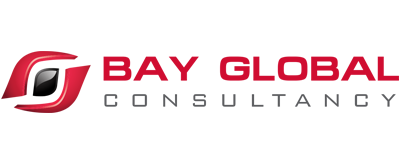Various Business Excellence Models
|
Let us explore various Business Model developed and practiced in different countries under different titles. The models are underpinned by the latest research in total quality management (TQM), business excellence, best practices and benchmarking. These models are used by 100,000’s of organisations worldwide as a basis for organisational improvement. Categorising BPIR information in this way enables you to quickly identify relevant benchmarks, best practices, expert opinion, and find benchmarking partners and contacts.
Baldrige Criteria for Performance Excellence This is the model behind the US Malcolm Baldrige National Quality Award, an award process administered by the American Society for Quality (ASQ) and managed by the National Institute of Science and Technology (NIST), an agency of the US Department of Commerce. This framework is used as the basis for over 70 other national Business Excellence/Quality awards around the world. The model consists of seven categories
The core concepts of the Baldrige Criteria for Performance Excellence are
EFQM Excellence Model This is the model behind the European Business Excellence Award, an award process run by the European Foundation for Quality Management (EFQM). This framework is used as the basis for national business excellence and quality awards across Europe. This is widely used in middle-east, especially in UAE for Dubai Quality Award and Abu Dhabi Shaikh Khalifa Excellence Award. The model consists of nine categories
The fundamental concepts that underpin the EFQM Excellence Model are:
Singapore Quality Award Framework The Singapore Quality Award (SQA) framework is used as a basis for assessing Singapore’s organisations to the highest standards of quality and business excellence. The award aims to establish Singapore as a country committed to world-class business excellence. The framework and award are administered by SPRING Singapore. The framework consists of seven categories
The framework is built upon the following core values and concepts:
Canadian Framework for Business Excellence The Canadian Framework for Business Excellence is used by Canadian organisations as a management model for organisational excellence and also as the basis for adjudication of the Canada Awards for Excellence. The framework is administered by the National Quality Institute. The framework consists of seven categories
The following Framework Principles form the foundation for long-term improvement and excellence and permeate the Canadian Framework for Business Excellence:
Australian Business Excellence Framework The Australian Business Excellence Framework is the premier framework for business excellence in Australia and provides the criteria for the Australian Business Excellence Awards. The framework is administered by SAI Global.
The framework is built around eight business excellence principles.
Business Performance Improvement Resource Model The Business Performance Improvement Resource (BPIR) model provides an alternative, comprehensive, and simple way to classify benchmarking and best practice information on the website. The model classifies information through over 250 business processes. The high level processes are shown below (changes from the APQC Process Classification Framework, from which it is based, are shown in green):
|


